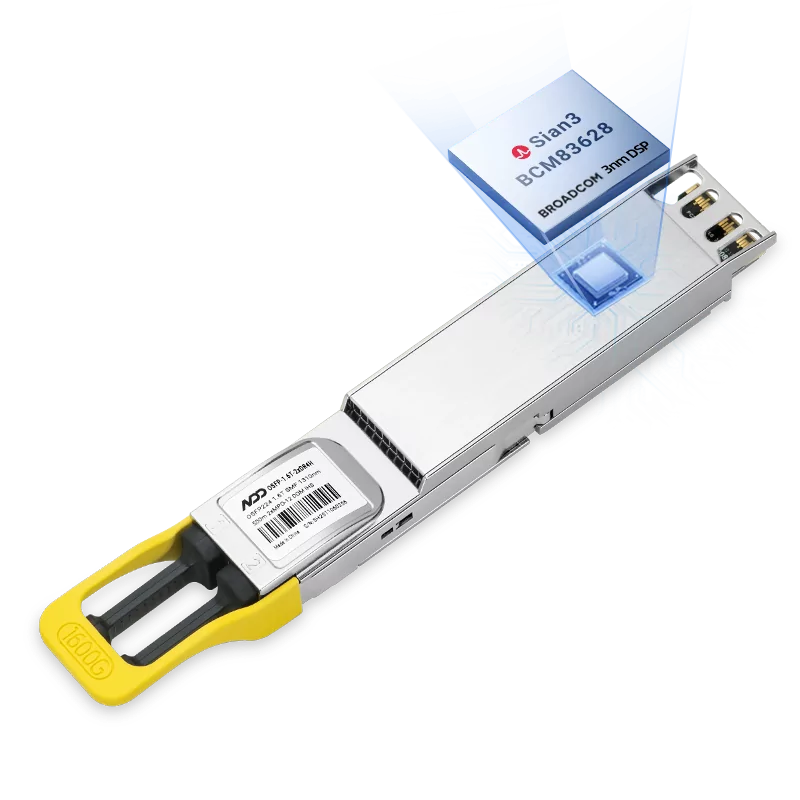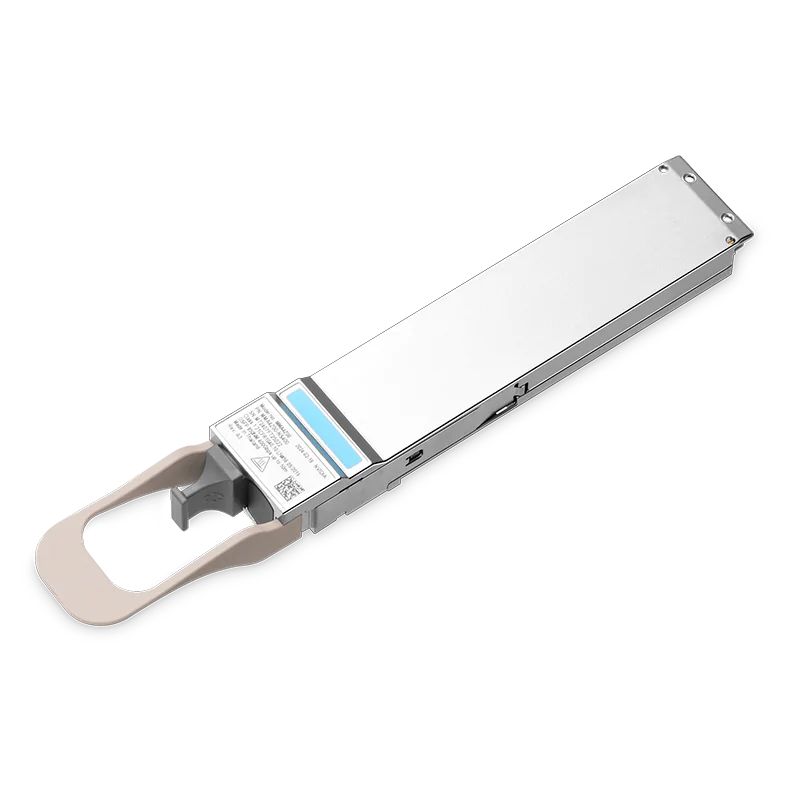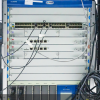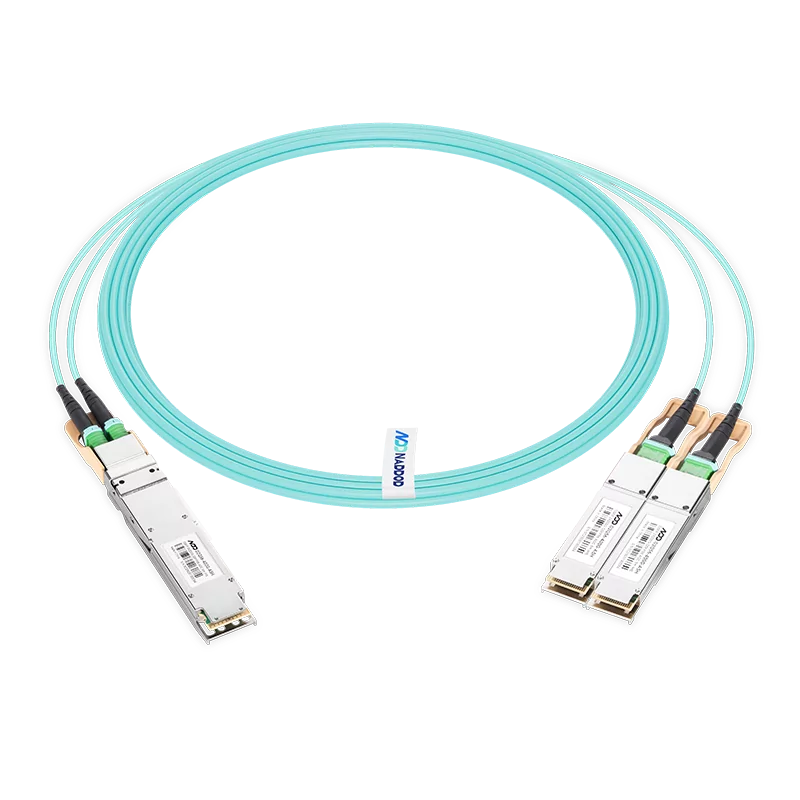Find the best fit for your network needs

share:
 800GBASE-2xSR4 OSFP PAM4 850nm 50m MMF Module
800GBASE-2xSR4 OSFP PAM4 850nm 50m MMF ModuleLearn More
Popular
- 1High-Speed Futures with 800G Optical Transceivers
- 2NADDOD's 400G Optical Transceivers - Powering the Next-Gen Networks
- 3AI Data Center Network Architecture Requirements- 400/800G Optical Module
- 4The Key Role of High-quality Optical Transceivers in AI Networks
- 5Common Problems While Using Optical Transceivers in AI Clusters















































